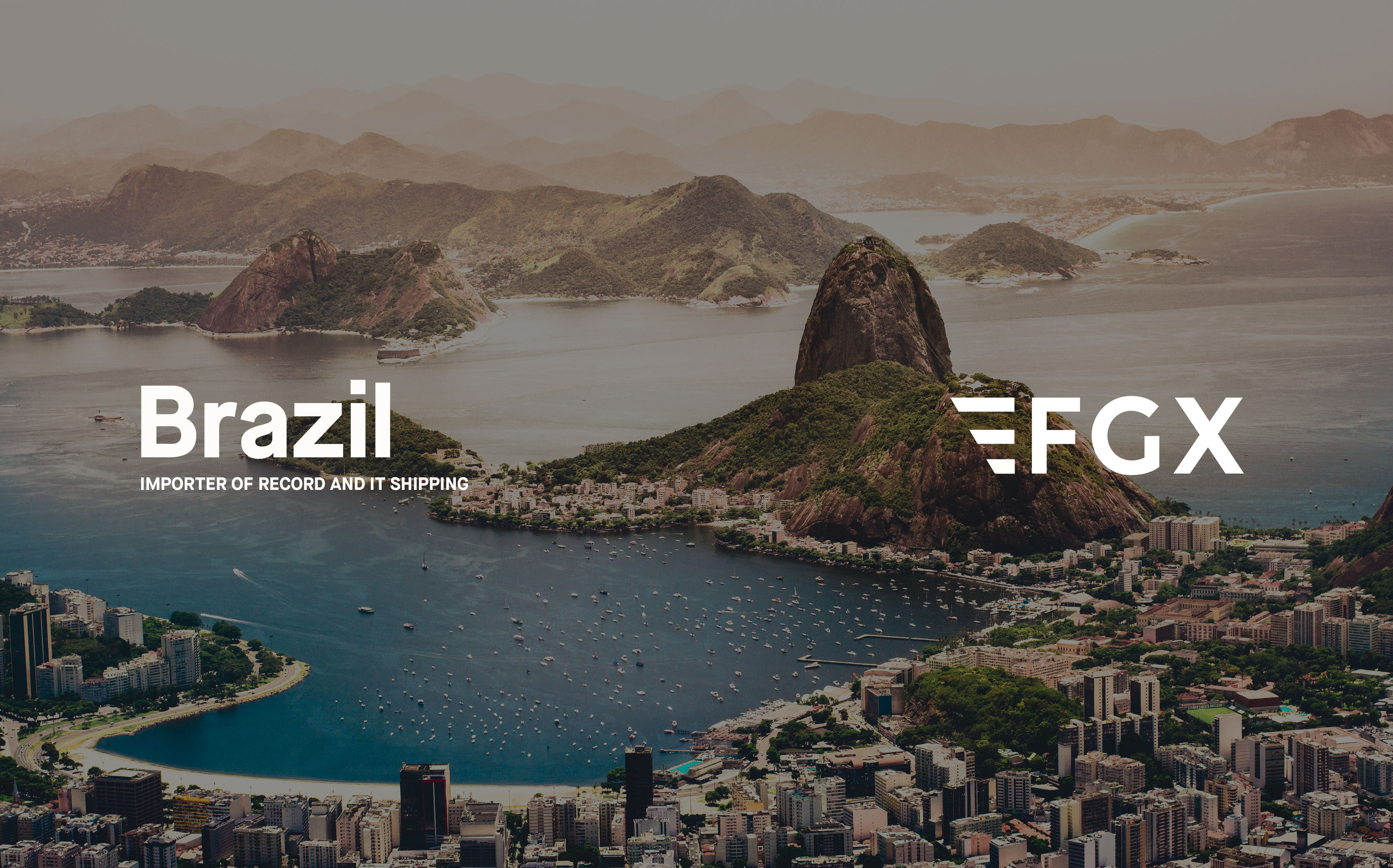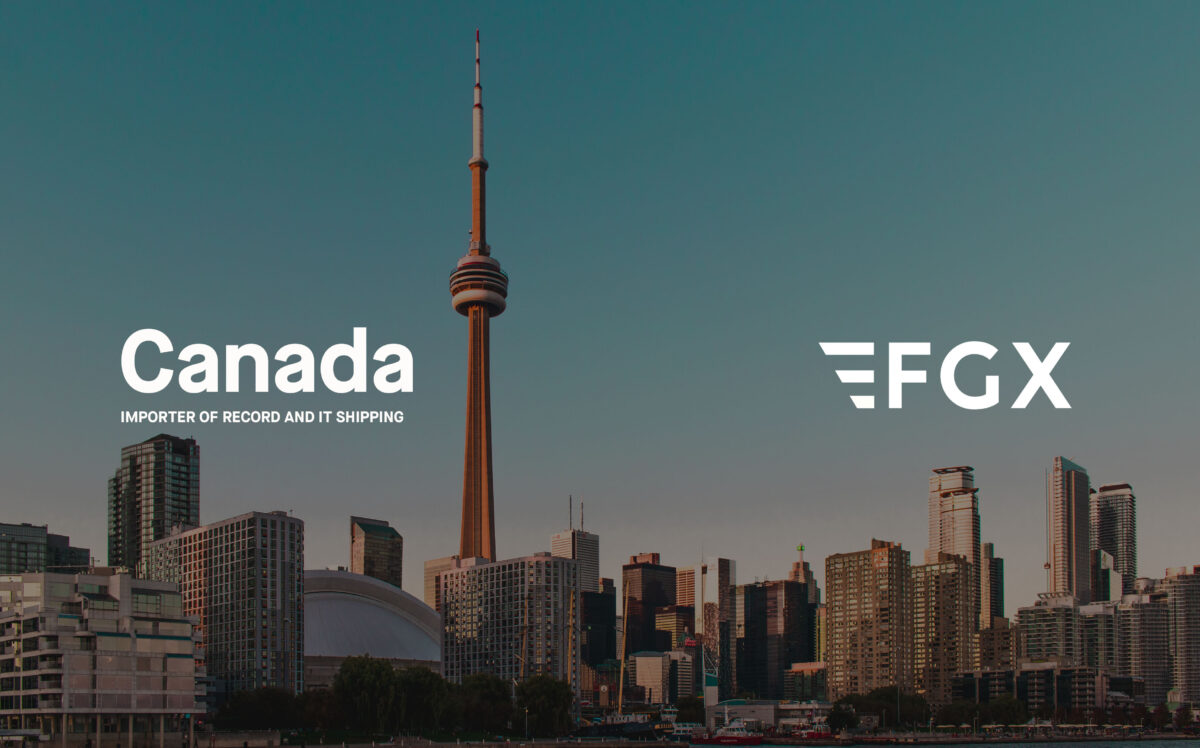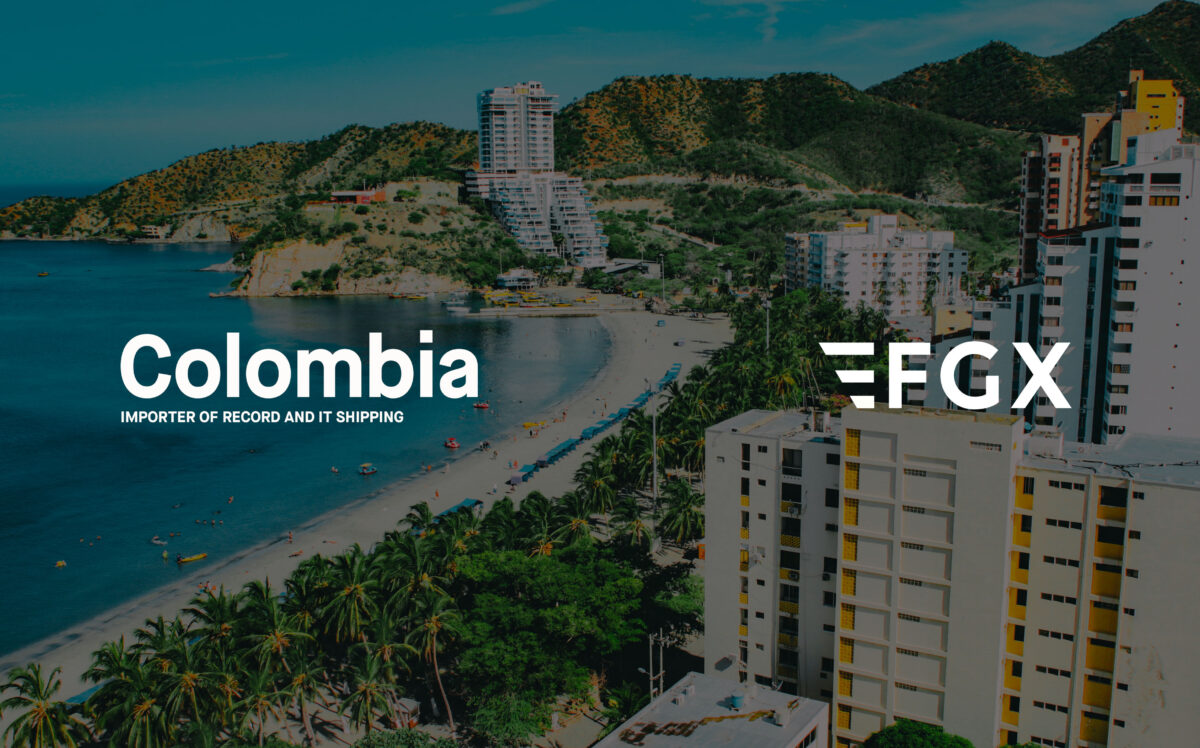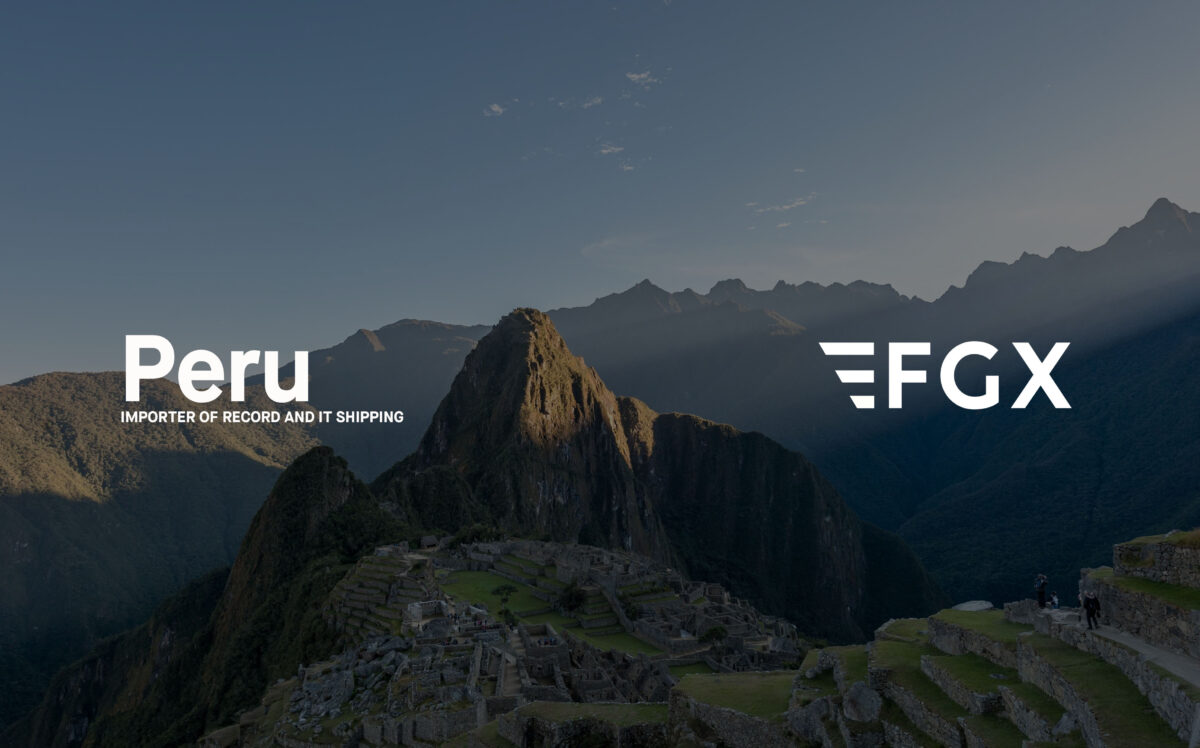Brazil Importer of Record at a Glance:
Importer of Record
- There are complex regulations around the nature of commercial transactions and shipment ownership when importing into Brazil
- When importing into Brazil you will need to navigate the requirements set by CNPJ, RADAR, and SISCOMEX
- Shipment clearances are sorted into three “lanes” – green, yellow, and red – based on a number of factors
IT Shipping & Logistics
- Air freight and last-mile delivery are reliable and quick, but shipping times to remote destinations vary
- Equipment packing must meet Brazil’s environmental standards
Importer of Record and Pre-Shipment Documentation
Importer of Record
Utilizing Importer of Record services in Brazil is more complex than in other locations. In fact, traditional “Importer of Record” services are not possible, as imports via third-parties are not allowed. Brazil strictly scrutinizes the commercial transaction details of each shipment and closely reviews the origin of each transaction, whether or not payment for the imported goods is required, and how the ownership will be managed in-country.
Depending on the set-up of your local entities in the U.S. and the status of your entity in Brazil, you may have to undergo a more complex process to properly import your equipment. It’s necessary to have a knowledgeable partner that can navigate the complex local sale and transfer of materials processes for you.
Documents and Regulation Requirements
To import any goods into Brazil you have to have a registered business with a CNPJ (The Cadastro Nacional da Pessoa Jurídica). The CNPJ is similar to the federal revenue service but focuses on legal entities and actions. Once you have registered with CNPJ, the agency will assign a number to your business entity. The shipments must reference your CPNJ number in order to clear it through customs in Brazil and to operate your equipment at its end destination.
RADAR (Ambiente de Registro e Rastreamento de Atuação do Intervenientes Aduaneiros) regulates all imports and exports into/out of Brazil. RADAR can assign one of four accreditations to your shipment – Simplified, Ordinary, Restricted, and Special. Your logistics provider should guide your choice for which accreditation is right for you and subsequently assist you in filling out the paperwork correctly. Once you have received your license to import from RADAR, you can access the import/export integration platform.
The import/export platform in Brazil is known as SISCOMEX. SISCOMEX allows you to register your equipment as well as creates a platform for the government to be able to follow up with imports/exports. It is also a database for MSRP values and other standardized information needed for import.
Lane System
Like many other countries in the region, Brazil’s customs process relies on a lane system to judge the inspection needed for each shipment. Customs organizes your shipment into a “lane” based on a combination of the import entity’s reputation, type of equipment being shipped, and customs officers’ discretions. The lane speeds go from green to red, with green being the fastest, and red being the slowest. Customs assigns your shipment to a lane of inspection upon arrival; stricter lanes of inspection may take more time or effort to process. However, an experienced Importer of Record provider should be able to navigate any issues that your shipment encounters.
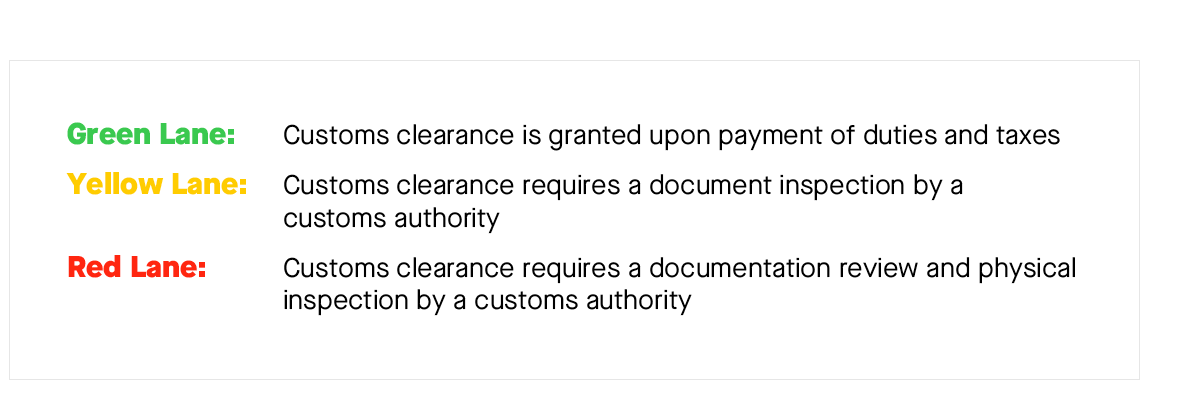
IT Shipping & Logistics
Brazil is a major global market so air freight into the country is readily available, easy to secure, and typically only takes a few days. Last-mile delivery into any of the major cities – Rio de Janeiro, Sao Paulo, and Brasilia – is quick and easy. However, Brazil is a huge country in terms of land mass. If you are looking to use your IT hardware in a more remote location you should plan your last-mile delivery timeline accordingly.
One of the most important aspects of the shipping process is ensuring that your equipment is properly packaged. Firstly, Brazil has specific requirements for palletization. Certain materials and material treatments are not allowed when importing goods. Consult an IT supply-chain professional, like FGX, to ensure that your equipment is packaged correctly. Secondly, there may be some security issues when shipping a large quantity of high-value equipment. It’s important that your equipment is properly packaged to ensure that the type of equipment isn’t readily visible throughout the shipping process.
FGX manages all of our client’s shipments door-to-door (or door-to-datacenter). This case study showcases how we navigated IT logistics and importation into Brazil at the time that it was written. Regulations and challenges are constantly changing and exact shipping requirements may have changed. To learn more about FGX and how our global shipping platform can help your company, reach out here.
